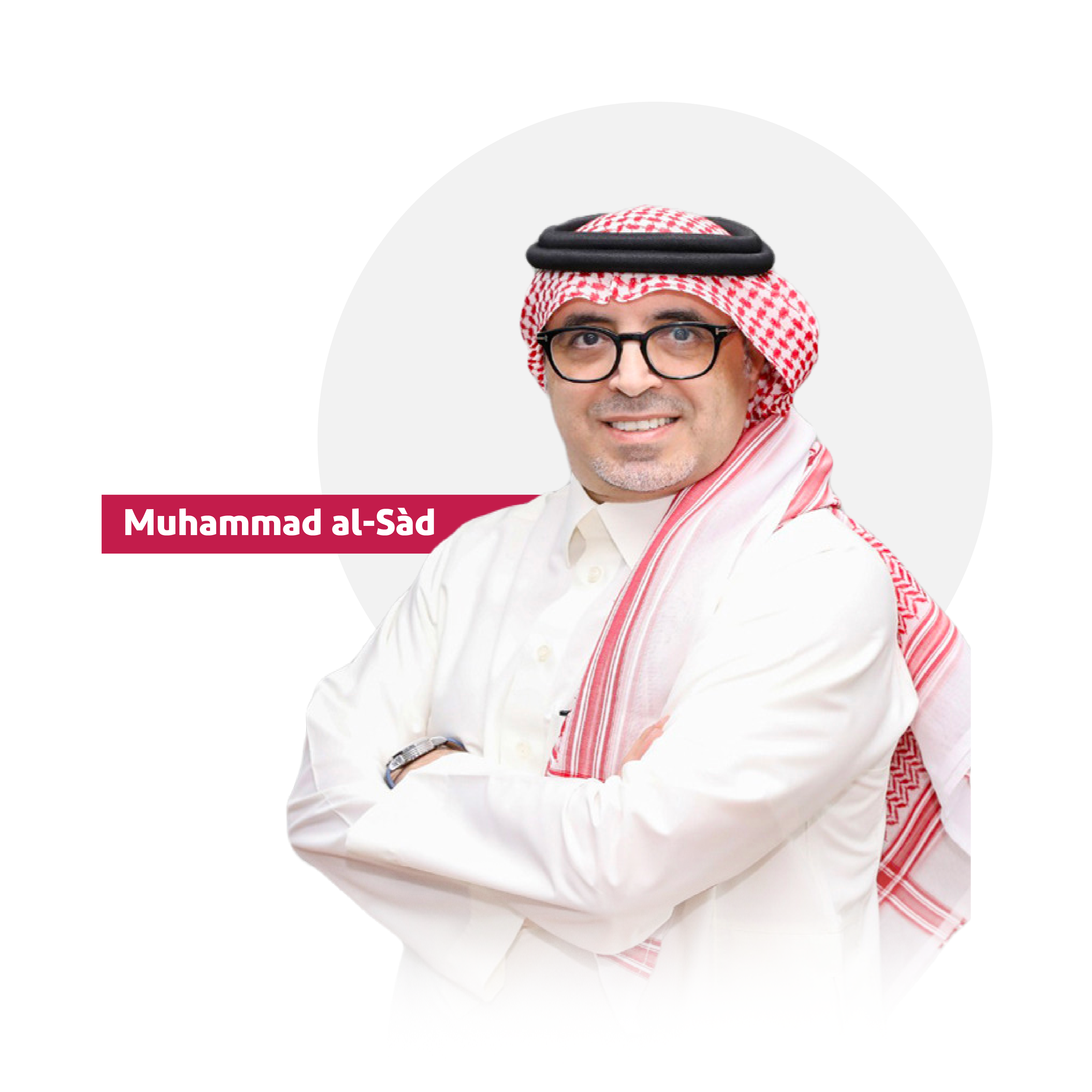
Imam Turki bin Abdullah A maker of history from Najd
The collapse of Diriyah in 1818 was not only the collapse of a state, but the emergence of an Arab renaissance and unity project from its natural historical context. Its beginnings were from Diriyah, the middle of the Arabian Peninsula, then the project was postponed for several years until King Abdulaziz established the third Saudi state.
This temporary historical emergence was not due to intellectual factors or the weakness of the capabilities of the emerging state, but rather because a large Ottoman military force by the standards of that time invaded the Arabian Peninsula and deprived it of its natural right to progress through the efforts of its sons.
Like the phoenix that legends tell us about, the Saudi state returned from the ruins of Diriyah, the smell of gunpowder, and the remnants of pure blood that watered the land after its resistance to the Ottoman armies.
The Ottoman violence in Diriyah was unjustified. The genocide committed by the Turkish pashas in the Arabian Peninsula was a crime against humanity and history. Because history makers are few, Imam Turki bin Abdullah was one of those who influenced history as he wrote a new chapter in history to re-establish the second Saudi state, in a rare precedent that only his grandson King Abdulaziz, who in turn established the third Saudi state, would repeat.
There is no doubt that the violence and genocide perpetrated by the Ottoman Turks was the fuel of the Saudi resistance and a glimmer of hope for a return to great popular cooperation in Diriyah, Najd and the rest of the Saudi provinces. Therefore, when the Imams of Al Saud announced their intention to restore their state, the people supported them and cooperated with them. History will not forget the war criminal Husayn Pasha, who ruled Najd since the year 1820 AD, when he gathered the people of Diriyah and other families from the towns and villages of Najd, and promised them of safety for them, their children and their women, and invited them to take letters that would facilitate their passage from the Turkish garrisons. At that time, when they gathered and went to him, he ordered his soldiers to exterminate all of them, men, women, children and old people, and their number reached hundreds.
Husayn Bey was not satisfied with that, but rather returned to Riyadh to fight Imam Turki bin Abdullah and those with him. The imam’s acumen and experience with the violence of the Turks made him sneak out of Riyadh, but Husayn Pasha, as usual, betrayed others who were trapped and sought safety, which he actually gave them, but he betrayed and killed them. Their number reached seventy men.
Imam Turki had great and exceptional leadership qualities, and without them he would not have been able to restore his state again in less than five years from the collapse of the first state. In 1823 AD, he began to move to restore the pioneering and leading role of the Saudi state in the Arabian Peninsula. The first goal of Imam Turki was to restore his country’s role in the Arabian Peninsula, and secondly, to uproot the military bases of the Turkish occupier, which were distributed over some towns and districts of Najd. In particular, he targeted the two Turkish garrisons in Manfouha and Riyadh, which the Imam fought for a whole year, in addition to six other garrisons, forcing all the Turkish mercenaries to leave and flee from Najd.
The Imam’s genius was manifested in his withdrawal from Riyadh to safe areas so that he could gather as many supporters and allies as possible to return again and raid the Turks who reoccupied Riyadh, and established a Turkish garrison there. This is what made the imam prevail during the subsequent battles with them.
The wise Imam found that Al-Ahsa was an advanced base for the Ottomans, a depot for their men and weapons, and the starting point for their raids on Najd. Therefore, it was necessary to eliminate them in their stronghold. Undoubtedly, the escape of his son, Faisal bin Turki, from prison in Egypt in 1828 AD, played a role in consolidating his rule, as Prince Faisal became the strongest supporter of his father in military affairs and was able to win the important battle of Al-Ahsa and subject it to his influence.
Imam Turki bin Abdullah is a knight and a decisive element in the history of the Saudi state. The role of this knight who restructured the second Saudi state did not end in the conflicts that took place, and this is especially evident in his choice of Riyadh as the capital of the state. Here, Imam Turki’s cunning and realism appears because most of Diriyah is destroyed and rebuilding takes a long time, while the Imam was more interested in rebuilding the state and establishing a protection system that would protect it from invaders, in addition to the agricultural and geographical nature of Riyadh that gave preference to it over the others.

